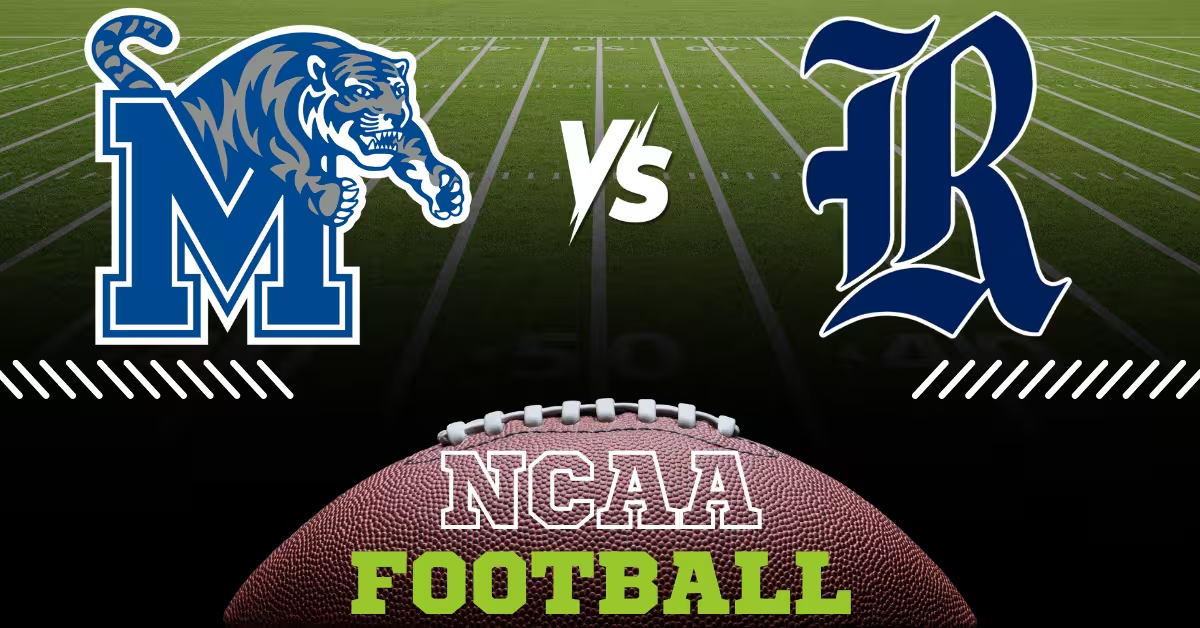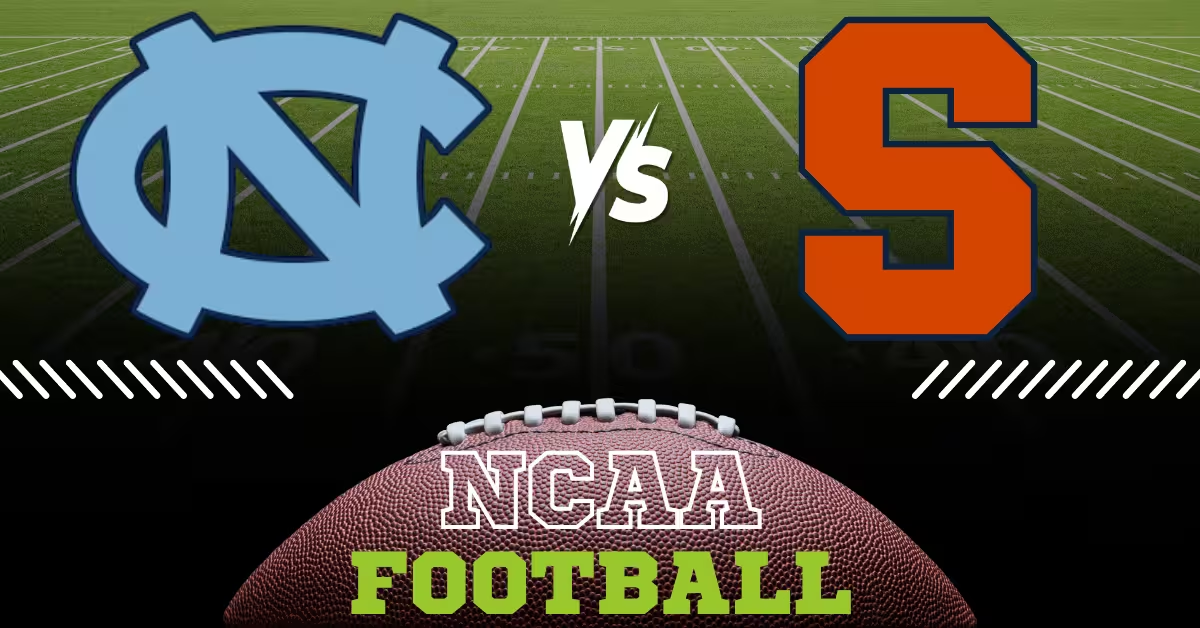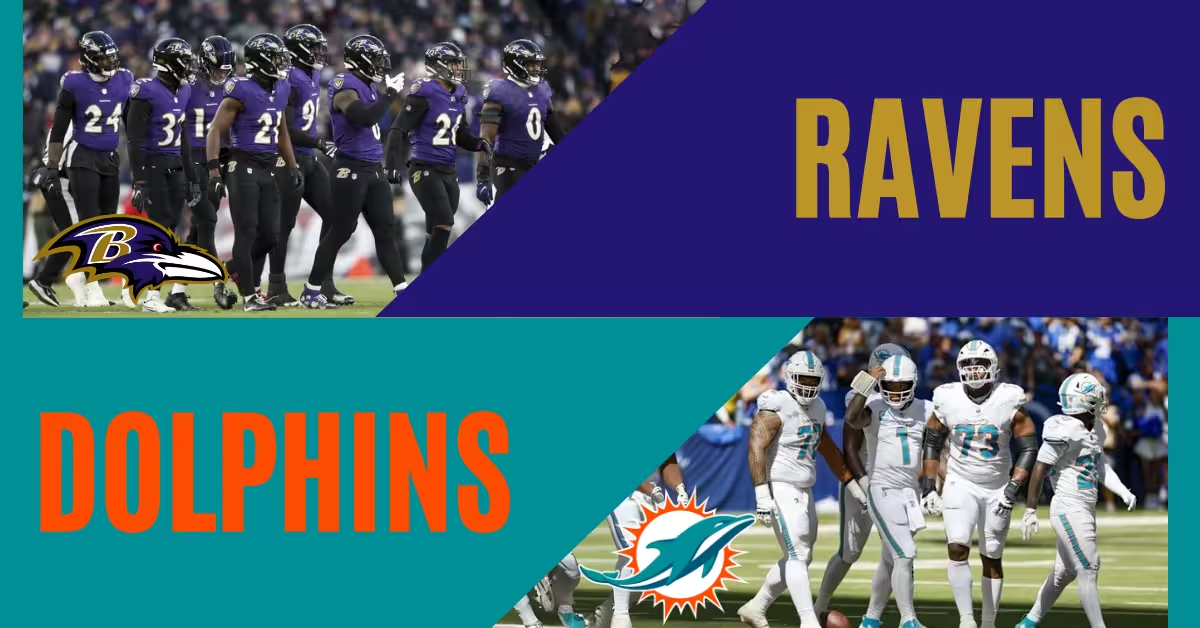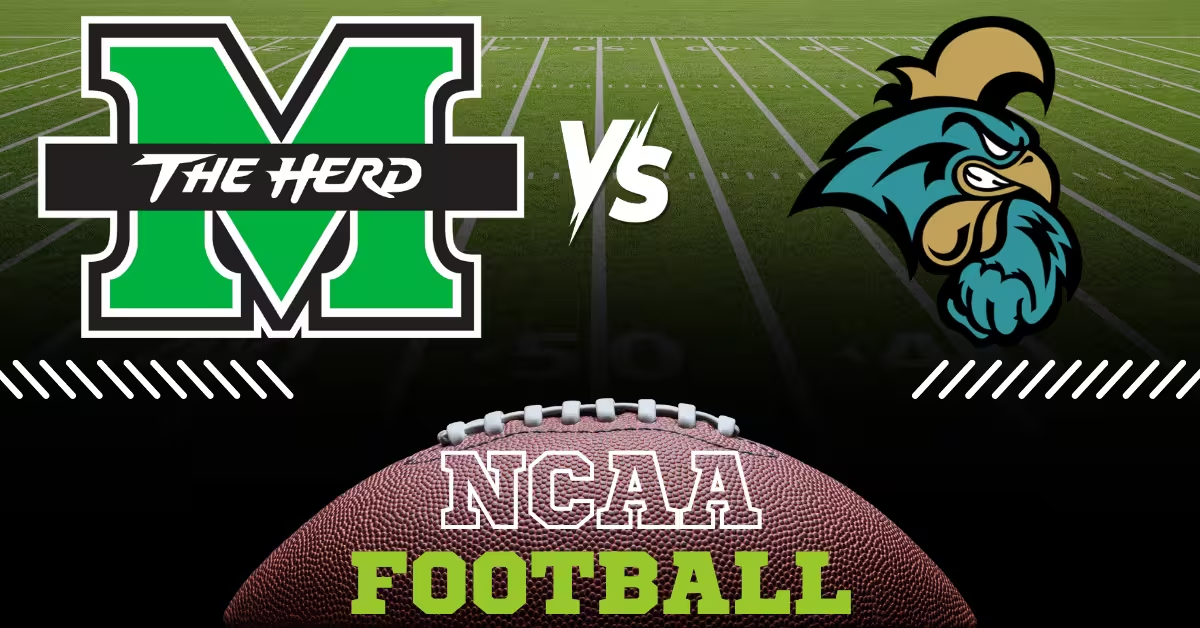Understanding the Public’s Influence on Super Bowl Betting Lines
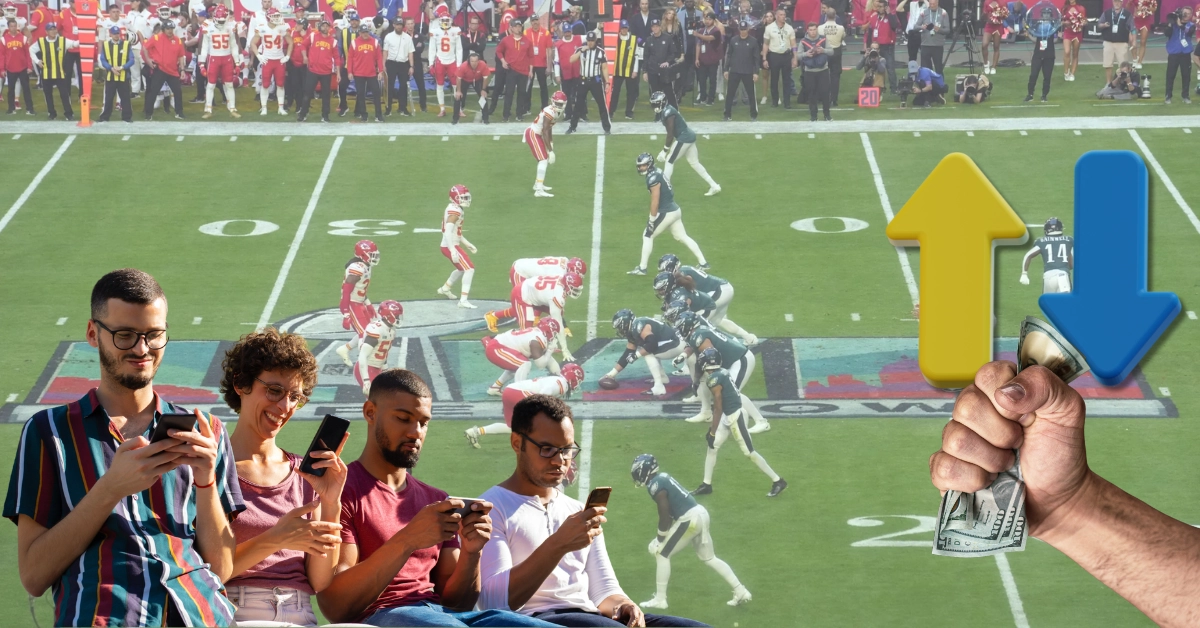
The Super Bowl is so much more than just a football game—it’s a betting bonanza, even for those who aren’t rabid fans. And every year, without fail, bettors make a mad dash for the sportsbooks and throw down millions of dollars on everything from the final score to what color the Gatorade will be when it’s dumped over the winning coach’s head. But what you may not know is that the bets themselves, especially those that are made by the general public, play an outsized role in influencing the odds and lines you see for the big game.
No, this isn’t about any kind of stats or expert analysis. It’s the way that people will bet—all being driven by emotions, hype, or plain ol’ gut feelings—and that has a serious impact on the lines. So if you want to lay down the smartest bets, understanding exactly how the public influences those numbers is a good place to start!
What Are Super Bowl Betting Lines?
What are betting lines in terms of the Super Bowl? Easy! It’s the structure for all of the wagers that are made on Super Bowl Sunday. And they are set by oddsmakers to level the playing field and bring in bets for both sides of the epic matchup. If you’ve ever seen or heard the terms “point spread,” “moneyline,” or “over/under,” you’re already schooled in the basics of betting lines.
- Point Spreads: These are the things that even out the perceived strength of the teams. If one team is an outright favorite, they might be listed as -7.5. That means that they have to win by at least 8 points for a bet on them to pay out. The underdog gets the other 7.5 points added to their final score for betting purposes.
- Moneylines: These are the most straightforward—just pick the winner, and the numbers indicate how much you’d win on a $100 bet (for underdogs) or how much you’d need to bet to win $100 (for favorites).
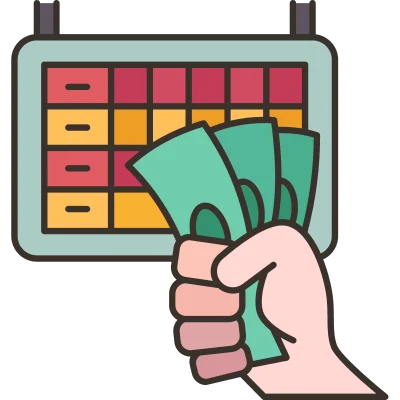
- Over/Under (Totals): This bet is calculated on the total points that are scored by both teams combined. Oddsmakers set the number, and you bet on whether the total will be higher or lower.
Oddsmakers set the lines using a combo of the following data: team stats, player performance, injuries, weather conditions, and historical trends. Initially, the lines show what their best prediction of the game’s outcome is, but don’t be fooled—the lines never stay the same! Once the public starts to place their bets, everything can change in an instant.
The Role of the Public in Super Bowl Betting
Super Bowl betting is like a huge party where everyone is invited, and they all get their say—but the loudest voices get the most attention and influence betting lines the most. With millions of people putting their money down, the public’s collective behavior can (and does) have a huge influence on how sportsbooks adjust their lines. It’s not just the pros who are calling the shots; the casual bettor has a hand in it, too!
Here’s how it all shakes out:
- Public Money: These are the bets from everyday fans, and they’re usually made from a place of emotion—maybe it’s a loyalty to a fav team, the hype from sports analysts, or just betting on the team they’ve heard talked about the most. When a ton of people are betting on the same team, it can cause the odds to change—and not necessarily because the team is better, but because sportsbooks are attempting to balance the books.
- Sharp Money: Then you’ve got the sharp bettors, or “sharps.” They are the pros who rely on the cold, hard data when they make their bets. They are in no way swayed by hype or sentiment; they’re only in it for the numbers. When sharps and the public clash on picks, sportsbooks are paying attention because sharp money usually tends to predict outcomes with more accuracy.
What makes the Super Bowl special is the sheer volume of bets. It’s not just the die-hard fans betting but also casual viewers throwing down for fun. The influx of public money amplifies its influence, and that can create chances for sharp bettors to jump on lines that have been changed by public sentiment.
The Super Bowl isn’t just a game—it’s a battle of opinions, hype, and strategy, and the public is always in the thick of it. It doesn’t matter if you’re a regular bettor or just doing it for fun; knowing how public behavior can impact the odds can give you a little extra edge!
How Public Sentiment Shapes Betting Lines
Super Bowl betting has always been a chaotic mix of stats, opinions, and gut feelings, but one thing is for sure: the public will have an influence on the odds. Every year, without fail, millions of bets are placed, and the emotions that make the decisions create a ripple effect through sportsbooks. This shift in the lines means that even the experts have to account for the public sentiment.
Media Hype and Narratives
The media certainly has a way of setting the tone before the big game with the stories that they push. Those stories get into people’s heads, like when they hype up a star quarterback or paint a team as the scrappy underdog. It’s not hard to see that the narratives will influence how casual bettors think.
Take Super Bowl LIV as an example—Patrick Mahomes and the Chiefs were fangirled as the offensive juggernaut, and the public couldn’t resist betting on their obvious potential. The sportsbooks had to change gears as the money rolled in, not because the Chiefs’ odds of winning changed but because the bets were so incredibly lopsided. And remember when the Eagles were pegged as the underdogs in Super Bowl LII? That storyline lit up social media, and suddenly, everyone wanted to back Philly, hoping that the team would fly to a victory.
Social media platforms like X, TikTok, and Instagram act as overwhelming amplifiers. Just one viral clip or a trending hashtag can sway how the public sees a team—and, by extension, how they bet.
Fan Loyalty and Bias
Logic takes a backseat to loyalty in sports, and we get that. Fans are betting with their hearts, not their heads, and sportsbooks know this. That’s why you’ll usually see odds that shift in favor of big-name teams with super passionate fan bases.
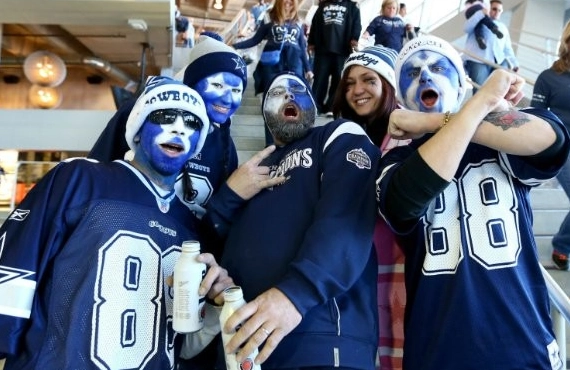
Take the Dallas Cowboys. Love them or hate them, their fan base is enormous, and they’ll put money on the Cowboys no matter how good (or bad) the season has been going. The same thing happened during Tom Brady’s reign with the Patriots—fans inundated sportsbooks with bets on New England, sometimes inflating the lines to a point where betting against them became a really good move for sharps.
And for the smartest bettors? This is a way to capitalize on the inflated odds that are caused by fan-driven wagers.
Trends and Herd Mentality
There’s something about seeing everyone bet on one team that makes it really hard not to follow in their footsteps. It’s human nature, after all! We like to feel like we’ll be on the winning side, so when a betting trend picks up steam, it can snowball fast.
And this is exactly what sportsbooks are counting on. If too many bets pile up for one team, the lines will shift—not because of the team’s actual chances, but to spur action on the other side and balance the books. It’s not uncommon to see point spreads move dramatically in the days leading up to the Super Bowl because of the herd mentality.
What’s really interesting is how psychological this all is. Betting alongside the majority feels safer, but it’s not always the smartest move to make. Sharp bettors know that going against the grain, or “fading the public,” can be where the real opportunities are. Because when lines are moved by emotion and not by solid logic, there’s usually value to be found for those who are willing to swim against the current.
How Oddsmakers React to Public Influence
Sportsbooks aren’t merely bystanders in the betting frenzy—they’re active players, and they are constantly adjusting the game behind the screens. When the public starts to lean heavily toward one side, sportsbooks don’t just sit there and watch the money pile up. They react, and their moves can make or break a bettor’s strategy. The following is a look at how they negotiate the unpredictable nature of public influence.
Line movement is the sportsbook’s literal bread and butter. What is it? It’s how the platforms react to the bets that are coming in and how they adjust the odds or point spreads to keep things in check. It’s kinda like a game of tug-of-war between the public and the books: when too much money goes to one side, the lines change so they can pull bettors back toward the other.
If the majority of bets are placed on the favorite, sportsbooks could increase the point spread to make betting on the underdog more attractive to the public. The adjustment isn’t for changing the actual odds of the game but for controlling how the bets are distributed. What’s the end game here? To make sure that the book doesn’t have a lopsided payout if one side wins big.
Super Bowl betting only amplifies this dynamic. With so much money coming in, even the slightest tilt toward one team can trigger massive line shifts. Oddsmakers are constantly monitoring the action and making real-time adjustments to keep things under control.
Oddsmakers are basically risk managers, and balancing the books is their number one priority. To do this, they have to use three strategies that are designed to spread bets evenly across both sides!
1. Adjusting the Juice: One way sportsbooks nudge bettors is by tweaking the “juice” (the commission charged on bets). They could adjust the payout on a favored team to make betting on the underdog more attractive. It’s a subtle shift that can influence where the money goes without any drastic changes to the line itself.
2. Public vs. Sharp Money: Oddsmakers pay super close attention to who is betting. Public money, which is driven by emotion, usually comes in early, and sharp money—the bets from professional gamblers—comes in later. If sharp bettors back a side that is opposite the public, sportsbooks may overcorrect the lines because they know the pros have a better track record.
3. Prop Bets and Diversions: Super Bowl betting isn’t all about the main line—there are so many prop bets on everything from the coin toss to the halftime show. When prop bets are attractive to bettors, sportsbooks can draw some of the action away from the main line, and that helps them balance their overall exposure.
Yes, balancing the books does decrease risk for sportsbooks, but it also keeps the game fair (or at least it appears to). Bettors are way more likely to stick around when they feel they’re getting a fair shake, and that benefits sportsbooks in the end.
It may seem like sportsbooks are in the biz of picking sides, but it’s not true—they’re in the business to make money, period. They leverage public betting patterns in order to maximize their profits, and that means turning public behavior into a financial advantage as a business move.
– Knowing When to Move the Line: Oddsmakers study public tendencies like eagle-eyed hawks. They know that the more casual bettors will favor popular teams, high-profile players, and media narratives. Because they predict the trends, they are able to set the initial lines that change one side, all while knowing that they can change them at a later date in order to balance out the action.
– Capitalizing on Overreaction: Super Bowl week is overrun with drama—player injuries, weather reports, and media narratives that can all set off betting frenzies. Oddsmakers know the public tends to overreact to any stories, and they will adjust the lines accordingly. And not because the actual odds have changed but to capitalize on bettors’ emotional ups and downs.
– Taking Advantage of the Herd: The public’s herd mentality works so well in the sportsbook’s favor. When one side becomes super popular, oddsmakers can tweak the odds to make the other side more appealing while they are still profiting off the public’s initial overconfidence.
This strategic balancing act is why sportsbooks are so successful! They’re not only reacting to bets; they’re actively molding the betting landscape to make sure that the house always wins—or at least minimizes its exposure to loss.
Real-World Examples of Public Influence on Super Bowl Betting Lines
Look, everyone has their own opinion on the Super Bowl when it’s game day—and most are willing to back theirs up with cold, hard cash. But the influx of bets swing the lines in ways that don’t always line up with the reality of the game. Want some evidence of this in action? Below are some examples of when the public’s influence left a mark on Super Bowl betting!
Historical Line Shifts
- In Super Bowl LIV, the Chiefs faced off against the 49ers. Kansas City opened as the favorites, but a wave of public bets on San Francisco—likely fueled by their dominant performance in the NFC Championship—pushed the line to a near pick’em. The Chiefs ended up covering after a late-game rally, but the swing in the line showed just how much public enthusiasm can tip the scales.
- A more dramatic example happened in Super Bowl XLVIII when the Seahawks took on the Broncos. The line initially favored Denver by 2.5 points, largely due to Peyton Manning’s record-breaking season. But as the public leaned into the Seahawks’ strong defense, the line shifted closer to even by kickoff. Seattle’s blowout win showed how the public’s confidence in a narrative (in this case, “defense wins championships”) can pay off big.
Star Power and Popular Teams
- It’s not exactly a secret that big-name players and storied franchises attract way more bets, and sportsbooks usually fall in line and adapt accordingly. Take Super Bowl LV, where Patrick Mahomes and the Chiefs were heavy favorites over Tom Brady’s Buccaneers. Public bets rushed in on Kansas City, driving up their price and inflating the line. The Bucs ended up pulling off an upset, which proved that being the public darling doesn’t always equate to a victorious ending.
- Similarly, during Super Bowl LIII, the Patriots were up against the Rams. As one of the NFL’s most polarizing teams, the Patriots drew a lot of public money despite the Rams’ impressive season. The heavy backing moved the line toward New England, which created a small window for sharp bettors to capitalize on the Rams’ adjusted odds. New England’s eventual victory kept public bettors happy, but the sharp money on the Rams showed how even a losing bet can be a good one when the line moves too far.
Opportunities for Sharps
- Sharp bettors absolutely thrive when the public tilts a line too far in one direction. Take Super Bowl XLIX between the Seahawks and Patriots as an example—public money poured in on Seattle, which pushed the line to favor them by 2 points. Sharps saw the value in a line that was inflated by public sentiment and jumped on the Patriots. The game ended with a New England victory, and those sharp bettors cashed in big time.
- Another solid example is Super Bowl LII. The Eagles came in as the underdogs against the Patriots, but a deluge of public bets—driven by Philly’s “Cinderella story” narrative—brought their odds closer to even. Sharps, who stuck with the Patriots early on, got much better value on their bets, but those who hopped on the Eagles late still found opportunities when the line was overcorrected. The Eagles’ win showed how sharp and public money can meet up in unpredictable ways.
When the Public Overreacts
- The lead-up to Super Bowl XLII between the Giants and Patriots showcased how public sentiment can cause an overreaction. With New England chasing an undefeated season, the public piled onto their side, pushing the line to -12.5 in favor of the Pats. Sharps, recognizing the absurd value of the underdog, put their money on the Giants. The result? It was one of the biggest upsets in Super Bowl history, with New York not only covering but winning outright.
Public sentiment in Super Bowl betting is both a blessing and a curse—it creates opportunities but also risks for bettors on either side of the line!
Smart Betting Strategies to Navigate Public Influence
Smart betting strategies are the name of the game when it comes to the Super Bowl, and the public’s enthusiasm can and does tilt the odds in a number of ways. To stay ahead of the curve, smart bettors use a combo of research, timing, and a few counter-strategies to steer clear of getting caught up in all of the hype that surrounds it. Want some strategies that can give you an edge? Look below!
If you want to sidestep falling into the same traps as everyone else, then you have to focus on what really matters. Sure, the public narratives are fun to follow, but they don’t always tell the whole story. A better approach? Break the game down into cold, hard facts by doing the following:
– Team Performance Trends: Study how the teams match up, and not just overall but in specific areas. How does the offensive line stack up against the opposing pass rush? Has one team shown any weaknesses in defending deep passes? A level of detail can help you cut through the broad public assumptions.
– Key Player Updates: Injuries are obvious game-changers, but pay close attention to players who fly under the radar. A missing kicker or center probably won’t make major headlines, but it could have a bigger impact than a sidelined wide receiver.
– Weather and Venue: Outdoor games, especially in unpredictable February conditions, are always worth factoring into your bets. Wind, rain, or cold temps can throw off passing-heavy teams, which means those with a strong ground game will be favored.
And lastly, don’t just focus on the stats—compare how both teams have performed under similar conditions in the past. Researching the small but important details can help you spot betting opportunities that others may overlook.
When you place your bet can be as just as important as the bet itself. The Super Bowl is an outlier because it brings in both experienced bettors and the more casual fans, and that causes the lines to shift m in the days (and even hours) that lead up to the kickoff. Timing your bets well can really make a big difference!
– Placing Early Bets: If you believe the public is going to heavily back the favorite, think about locking in your underdog pick early. Early odds are usually closer to the oddsmakers’ initial assessments before the public influence takes over. If the line opens with the favorite at -4, but you think public hype will push it to -6, an early bet could secure much better value.
– Waiting for the Last Minute: If you’re betting against the public, it pays to wait. By the end of Super Bowl week, sportsbooks adjust the lines to account for public money, and this leaves inflated spreads or totals that are ripe for picking. If the public bets heavily on a shootout, the over/under line may rise higher than it should, and that makes a late bet on the under way more attractive.
Keep a watch for any media narratives and late-breaking news—a last-minute injury report or weather update can turn the public sentiment on a dime, and timing your bet just right could give you an edge.
Sometimes, the best strategy you can put into play is to go against the grain. Fading the public isn’t you being a contrarian for the sake of it—it’s just you recognizing when the public’s enthusiasm has skewed the odds in ways that will create profitable betting opportunities!
– Spotting Public Bias: Look for games where public money is heavily tilted in one direction. For the Super Bowl, this usually happens with teams that have larger-than-life stars or die-hard fanbases. If one team becomes the clear “favorite” in the public eye, it’s worth looking at whether their actual chances of covering the spread match up with the frenzied fanfare.
– Evaluating Line Movements: If you see a line shift wildly from where it opened, chances are pretty good that public sentiment is the culprit. If the spread moves from -3 to -6 in favor of a team that everyone loves, the underdog might suddenly offer insane value. Sharps usually take advantage of the inflated lines by betting on the opposite side.
Conclusion: Public Public Sentiment Shouldn’t Blitz Your Bets
By the time the Super Bowl hits your 65-inch HD TV screen, the public sentiment isn’t just loud—it’s deafening and really influential. And knowing how it shapes betting lines? Well, that can mean the difference between making the smartest decisions and making impulsive wagers.
Here’s a highlight reel of catching how the public influences Super Bowl betting lines:
- Public narratives and oversaturated media coverage can sometimes steer betting lines away from their original logic.
- Fan loyalty and her mentality usually inflate the odds for the most popular teams and the star players.
- The smartest bettors are able to see opportunities when the public influence causes betting lines to overcorrect. Fading the public means you can cancel out the noise when the lines are skewed by crowd enthusiasm.
- Picking the right moment to place your bet—whether it’s early or late—can really make a big difference.
The golden rule you should follow for how to bet on the Super Bowl is as follows: don’t let the crowd make your decisions for you. Emotional betting rarely, if ever, pays off! So stick to the research, trust in your analysis, and put on your noise-canceling headphones. This strategy will pay off in the long run when it comes to better (and more profitable) bets.
The public is gonna be loud, but you don’t have to listen—keep your eyes on the pigskin!

Alyssa contributes sportsbook/online casino reviews, but she also stays on top of any industry news, precisely that of the sports betting market. She’s been an avid sports bettor for many years and has experienced success in growing her bankroll by striking when the iron was hot. In particular, she loves betting on football and basketball at the professional and college levels.




